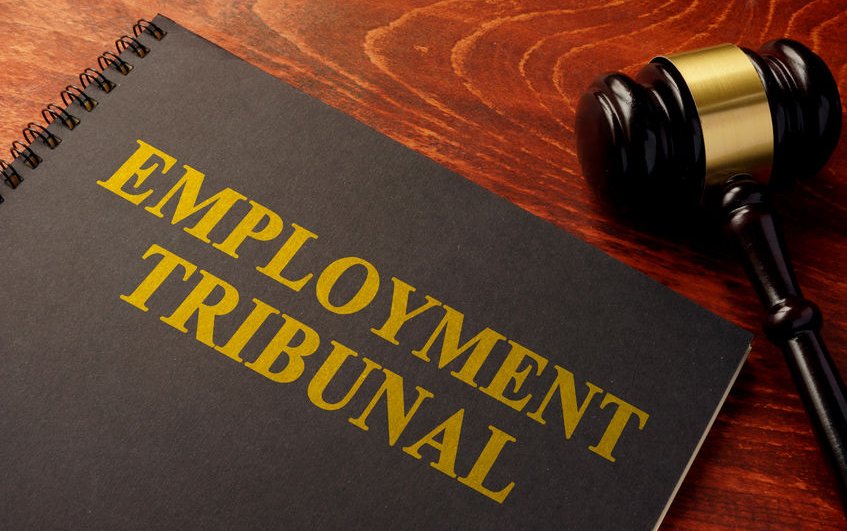The Court of Appeal has concluded that Uber drivers are workers, not self-employed contractors.
It agreed with the decision made by the Employment Appeal Tribunal (EAT) and marks Uber’s third legal defeat on this matter.
This is just one of a series of cases that has reached tribunals and courts and challenged employment status over the last couple of years.

So why does the difference between workers and self-employed contractors matter?
An individual’s rights depend on their employment status.
As a worker, they are entitled to certain employment law rights including the right to be paid the National Minimum Wage/National Living Wage; 28 days of annual leave (pro rated according to how much they work) and not to be discriminated against on basis of age, disability, race, etc.
If they are self-employed, they are not entitled to employment law rights and protections.
Case law has shown that tribunals and courts are not concerned about labels.
This means that simply stating that the individual is a worker, for example, is not enough. They will analyse the nature of the working relationship in practice, not just the terms written down in a contract.
Some key factors when determining employment status include:
- Level of control – How much say does the employer have over the individual? Do they dictate when and how work must be done?
- Mutuality of obligations – Is there a duty to offer work and for the individual to carry it out?
- Personal service – Can someone else step in if they can’t do the work?
- Integration – Are they part of the organisation?
- Financial risks – Is there a risk for the individual to lose money if things go wrong?
- Equipment – Does the employer provide them with equipment?
- Remuneration – How are they remunerated? Do they receive a weekly or monthly wage?
This is not an exhaustive list and each factor should not be considered in isolation, but as part of the whole picture. If you have any queries, it would be best to seek advice initially from a HR expert.

Employment Tribunal decision
Uber maintained that they are a technology company that makes it easier for independent drivers to connect with passengers and deny that they are a taxi company who employ drivers. They insisted that drivers are allowed to be their own boss, are not exclusively tied to working for Uber and are free to work for others.
The Employment Tribunal disagreed. They concluded that drivers who have the Uber app switched on, are in the territory in which they were permitted to work and are able and willing to accept assignments are working for Uber under a “worker” contract. The EAT agreed.
Court of Appeal decision
The Court of Appeal reiterated that the written agreement may not reflect the reality of the relationship and should be determined by analysing all the circumstances of the case. Tribunals should take a “realistic and worldly-wise” approach.
The majority held that drivers are under a positive obligation to be available while the app is on and this amounts to “work”.
James Tamm, Director of Legal Services
Is it the end of the matter?
No. Uber can appeal to the Supreme Court.
James Tamm, Director of Legal Services at Ellis Whittam, comment “Given other recent similar decisions in cases involving Addison Lee & Pimlico Plumbers, the outcome here is not surprising. It reiterates the point that a court will look at the reality of the situation to determine the working relationship rather than the contract itself. Indeed, the contract here was criticised by the court for being “complex” & “artificial”. What is interesting is that one judge dissented from the majority view, deciding that the relationship was no different to more traditional minicab drivers who are self-employed. That will give hope to Uber in their inevitable appeal to the Supreme Court”.
In the Good Work Plan, the government decided they would legislate to improve the clarity of the employment status tests and provide guidance and online tools to help in this regard. So watch this space!





